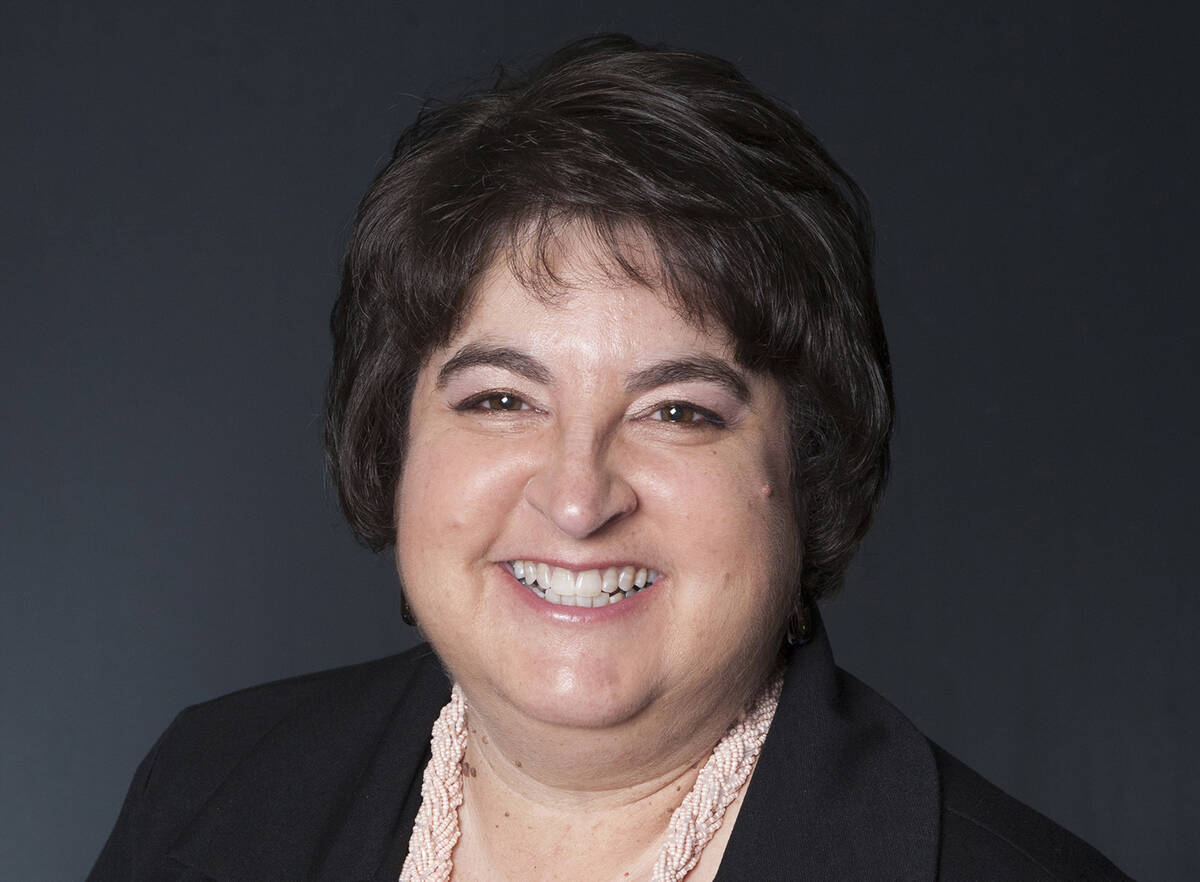You have to know how to say no
It’s just two letters. One syllable. But “no” is one of the hardest words in the English language to say.
It’s not that it’s terribly difficult to pronounce, because it surely isn’t. It’s the meaning and feelings behind it that makes no so hard to utter.
For most of my life, I’ve been a “yes” person. I don’t like to hurt people’s feelings by telling them no and always try to find a solution to the issue, problem or request at hand.
Now, after many years of overtaxing and overbooking my schedule, I’m finally learning how to say no. It hasn’t been easy, but it has been essential.
I know this problem isn’t exclusive to me and that many others, especially women, face the same challenge because a press release recently made its way to my inbox telling me about the importance of learning how to say no.
According to Andi Simon, a corporate anthropologist, founder of Simon Associates Management Consultants and author of “Rethink: Smashing the Myths of Women in Business,” people need to say no when another commitment will add to your stress and overfilled schedule.
She said people need to have the ability to set boundaries for themselves and saying no is an important part of that.
“You can only do so much,” she said. “It’s important to keep in mind that ‘no’ is not a four-letter word.”
If you can’t give your full attention to whatever task is at hand, was saying “yes” really the right response? Not only do you feel guilty for not performing to your best ability, it can leave an impression with others that having you help is more trouble than it’s worth.
Plus, I’ve discovered that if you constantly agree to help, people will continually come to you for solutions or assistance and you will never get the opportunity to shorten your to-do list.
But a person can only squeeze so much into a 24-hour day.
I know that when I get overwhelmed by too much to do, everything suffers. Even simple everyday tasks become arduous or challenging. Things get dropped, steps get missed and frustration sets in.
Unfortunately, with deadlines looming each week to get the paper to press, I find these types of situations happen more often than I would like. With years of experience came tricks I taught myself to get through the tough times.
The biggest among those is learning how to prioritize. This is something I learned shortly after marrying my husband.
For years I had belonged to a community service and leadership organization. I regularly volunteered for every project it sponsored in the community and even agreed to head up a few events. Then, one night, after an especially long planning session, I was greeted at the door with a question: “Are you ever going to spend an evening at home?”
I knew then that if I wanted my marriage to work, it needed to be a bigger priority for me than helping others. Of course, it wasn’t as simple as quitting cold turkey, but I weaned myself off of the “yes” train and learned to pick and choose what I volunteered for. Even better, I learned how to do that without having to say no to anyone.
According to Simon, “It isn’t terrible to find yourself saying to someone, ‘I’m sorry, I simply cannot do that by the time you would like me to.’”
I’ve also found that telling someone “It’s not you, it’s me,” and that I will support them in whatever way I possibly can - without agreeing to their original request - works equally well.
The experts say it’s important to give yourself some much-needed down time. It helps keep you healthy, full of energy for those times when you do say “yes” and allows you the opportunity to focus on the task at hand.
Don’t say yes just because you want to avoid the discomfort of saying no. The reality is that it’s not that hard to say. All you need is some practice.
Hali Bernstein Saylor is editor of the Boulder City Review. She can be reached at hsaylor@bouldercityreview.com or at 702-586-9523. Follow @HalisComment on Twitter.







